Best microSD cards memory for phones, cameras, drones & more
The best MicroSD Cards offer a bewildering array of capacities, speeds & prices. So which is the right one for you?
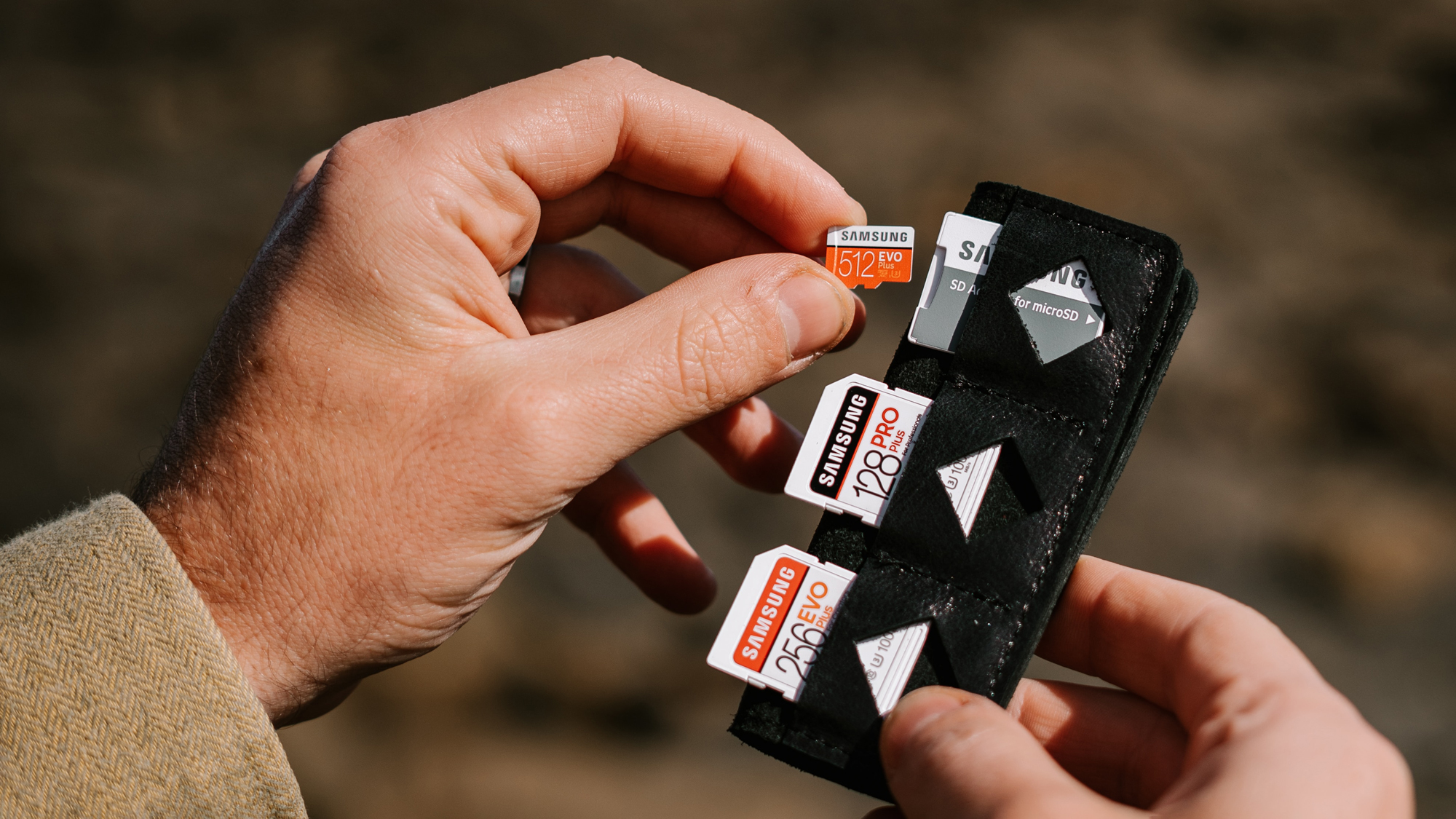
If you're looking for the best microSD card for your phone, action camera, drone, dashcam or other device, we'll help you find it. They've dropped significantly in price over the last through years and even a really large 1TB card won't break the bank. We've put together this guide to cut through the jargon, sort through the options, and recommend what we reckon are the best 10 micro SD cards for the majority of users right now.
A microSD (as you might've guessed) is just a smaller version of an SD. You still have to understand the different specifications such as whether you want a V30 card, an SDXC card, an A1 capacity card, or whether it's Class 10 or UHS-II and while all this can be overwhelming, we'll help you work it all out with the glossary below.
Really, you just need to focus on how much capacity you need and how fast you need the card's transfer speeds to be, both of which will be dictated by what you want to shoot and store. The rule of thumb is, the higher-resolution files you're working with (so images with a lot of megapixels or video at resolutions of 4K and higher), the more speed and space you'll need.
Once you've got the right type of microSD card for your DJI drone, 360-degree camera or audio recorder you might want to invest in one of the best memory card readers so you can easily transfer data.
As we mentioned earlier, microSD is now the de facto choice of storage for a lot of devices. Many of the best camera phones have a microSD slot for expanding the phone's internal storage, and smaller imaging devices like action cameras and drones will almost certainly use them.
So, a microSD card can have all sorts of uses – the tricky part is just picking the right one. Read on as we select the best microSD cards for all devices, and remember to refer to our glossary at the bottom of this page if any technical terms get confusing.
Best microSD cards
Why you can trust Digital Camera World
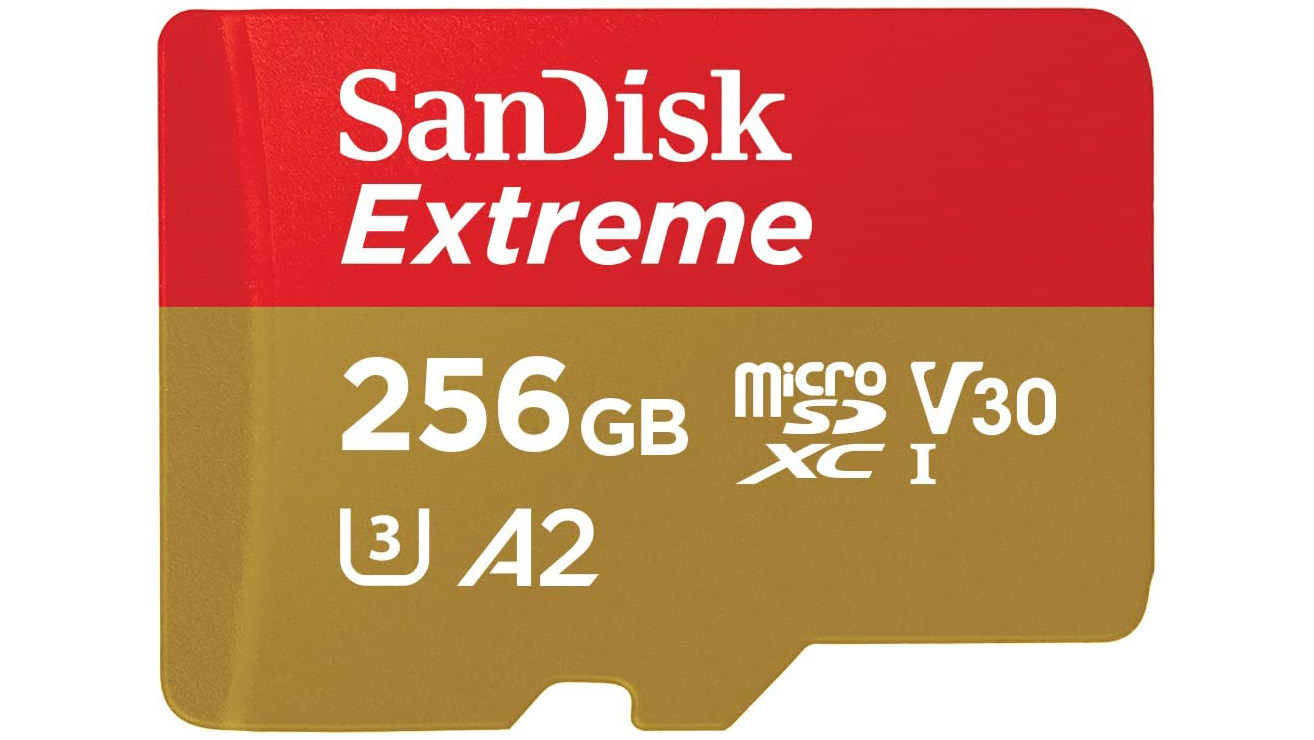
1. SanDisk Extreme A2
Specifications
Reasons to buy
Reasons to avoid
The SanDisk Extreme A2 256GB is an excellent microSD card all-around, and nabs our number-one spot as it's going to be the best choice for a significant plurality of users. Hitting the A2 criteria is great news for phone users, and a V30 rating means there is also the write speed to shoot 4K on a modern device, so finally there might be a way to replace all that internal memory. There are lots of capacity options, and the 'Extreme' designator means the card is rated to withstand tough conditions.
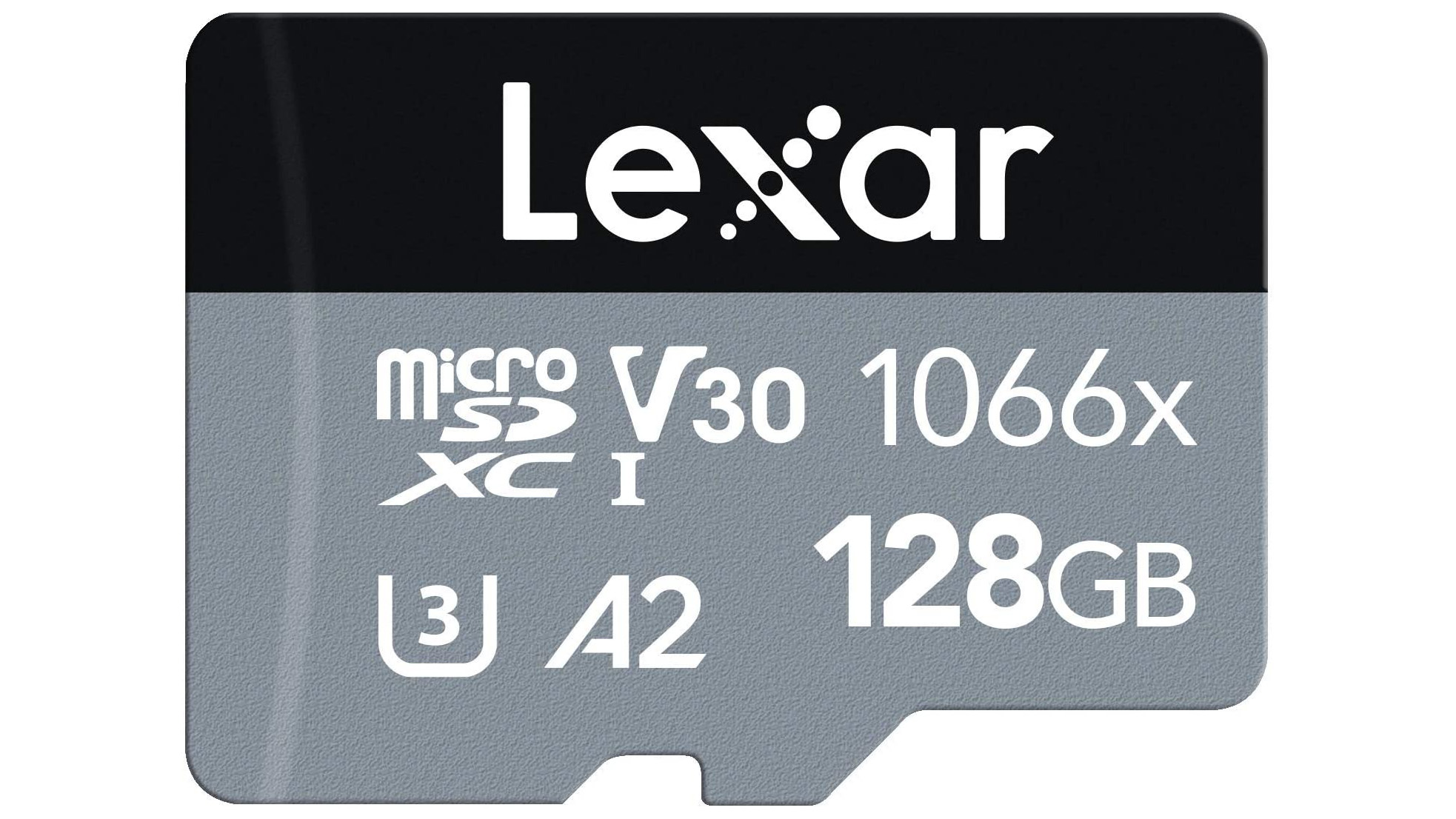
2. Lexar Professional 1066x microSDXC UHS-I Card SILVER Series
Specifications
Reasons to buy
Reasons to avoid
This decent little microSD card is available for a really competitive price, and it boasts respectable 160MB/s read and 120MB/s write speeds, despite it not having the faster UHS-II transfer standard. This card comes in 64GB, 128GB, 256GB and 512GB variations (the latter being ideal if you shoot 4K footage), so you should be able to choose whichever size fits your needs and your budget.
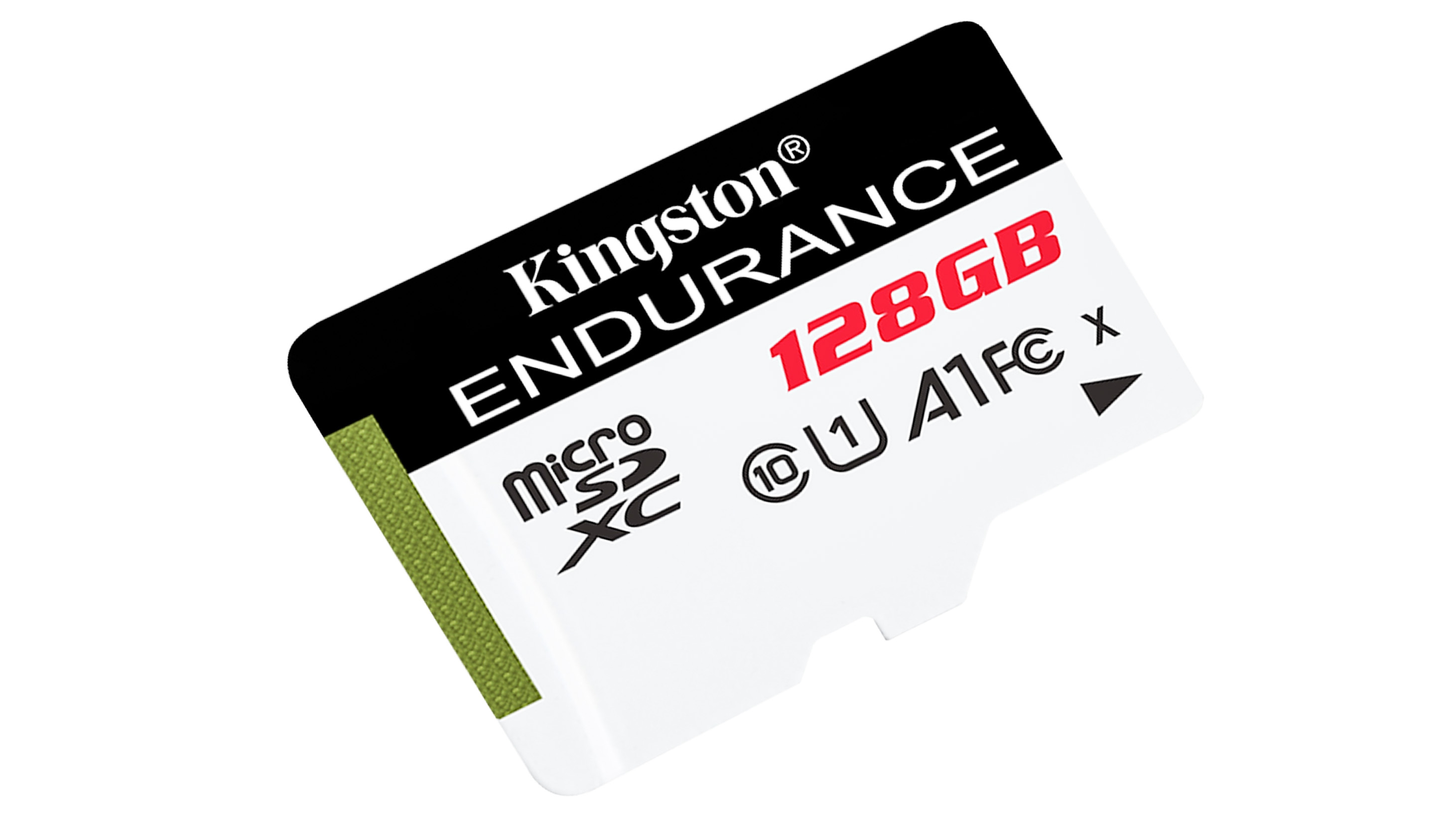
3. Kingston Endurance microSD
Specifications
Reasons to buy
Reasons to avoid
With up to 20,000 hours of video recording as well as shock and ISO7816-1 x-ray protection, and IPX7 water protection, the Kingston Endurance microSD 128GB is made to withstand the pressures of intensive shoots. It is not only built for the endless over-write cycles of a security cameras & dashcams, but is also A1 certified. A1 is one of the many irritatingly obtuse acronyms from the world of memory and storage (see the bottom of this page for our glossary), and all it really means is that the card is rated to meet a certain speed.
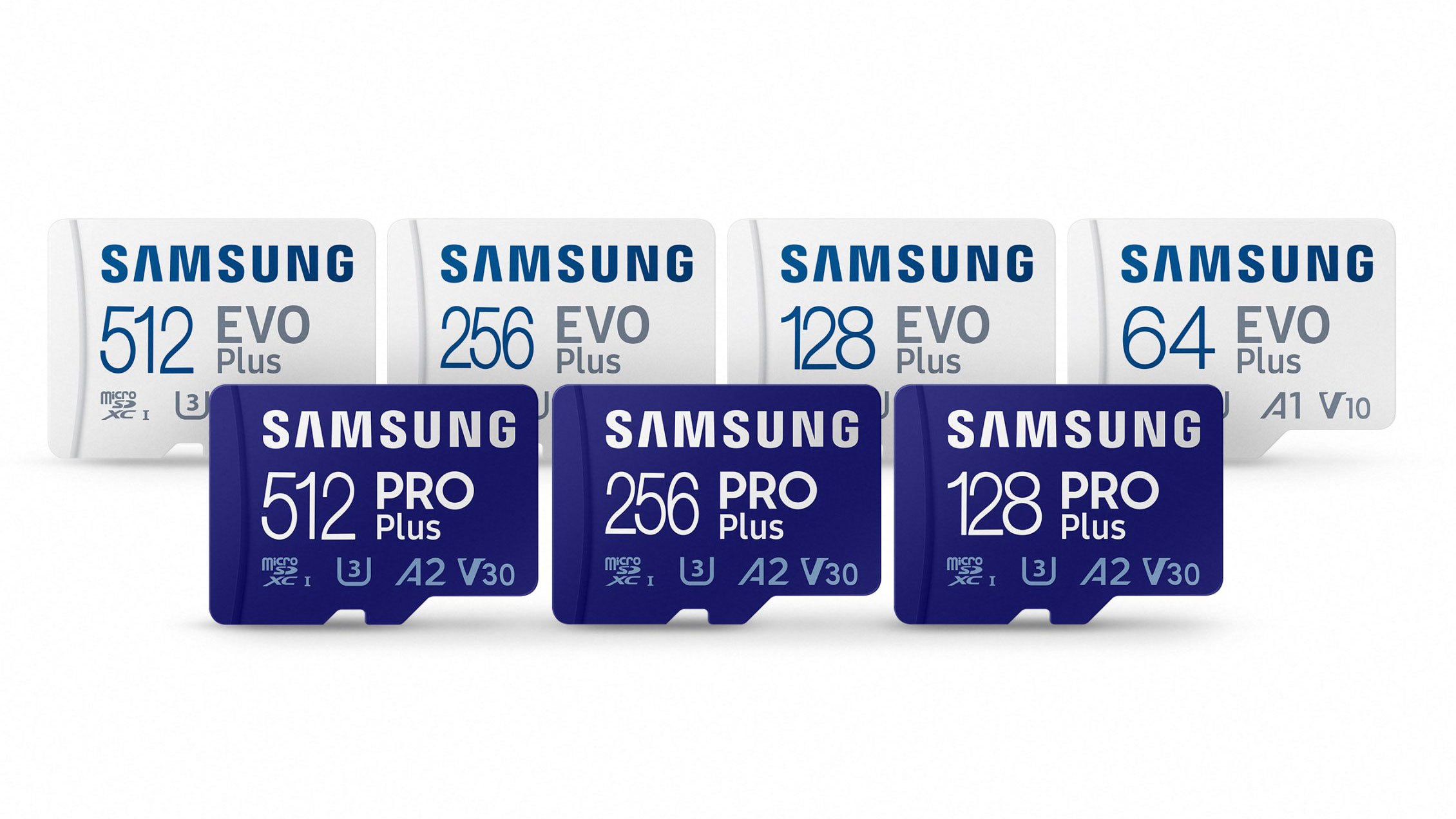
4. Samsung PRO Plus
Specifications
Reasons to buy
Reasons to avoid
Samsung's latest PRO Plus and EVO Plus microSD cards have been built for the most demanding users, but we reckon the PRO Plus cards offer the very best performance. 160MB/s read and 130MB/s max write rates are hugely fast, and the cards boast a top-notch V30 video speed rating and an impressive A2 application rating, making them ideal for 4K video recording or additional storage in an Android camera phone. What's more, the Samsung PRO Plus range is even built to protect against water, extreme temperatures, x-rays, wear-out, drops, and magnetic impact!

5. SanDisk microSD Nintendo Switch
Specifications
Reasons to buy
Reasons to avoid
A lovely styling for true Nintendo lovers and a lifetime (or 30 year) warranty make the SanDisk microSD Nintendo Switch a great choice for game storage, in sizes from 64GB, though if you buy AAA titles online go straight for the 256GB. The Nintendo Switch branding means that the price is perhaps a little higher than it would be for a different card of equivalent spec, but on the plus side, that distinctive yellow colouring makes it easier to keep track of. Class 10 speed means it's no slouch, too.
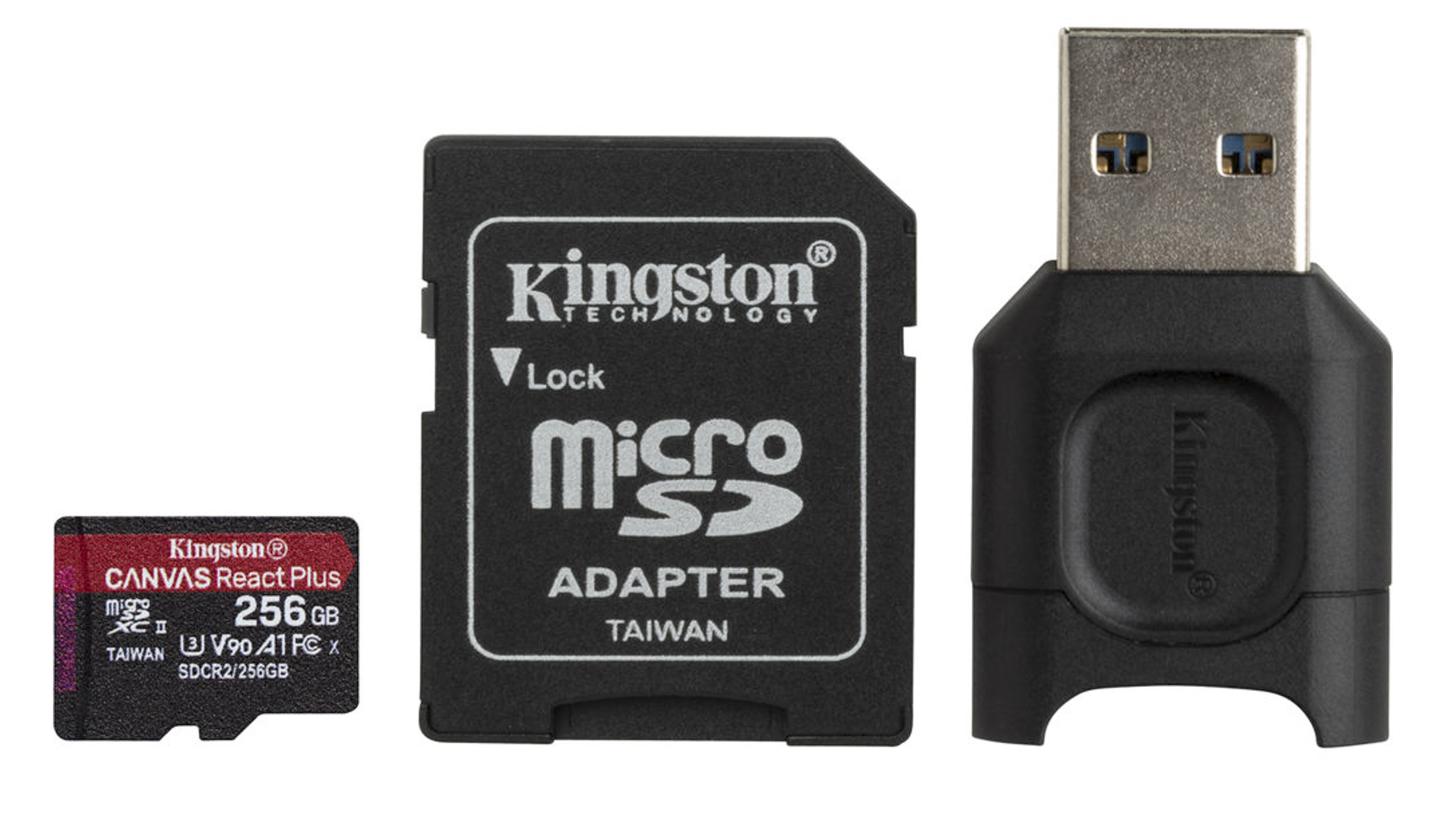
6. Kingston Canvas React Plus V90 Card
Specifications
Reasons to buy
Reasons to avoid
For the 8K future and the 4K now, this is one of the few cards available which meets the V90 specification. Kingston are confident of its reliability, even in temperatures from -25 to 85˚C, that it comes with a lifetime warranty. On the subject of extras, atop the usual SD adapter is a USB adapter too, though it’s type A which doesn’t feel quite as futuristic as the card itself! (Usefully, on the subject of the past, the card is also backward compatible with UHS-I modes).
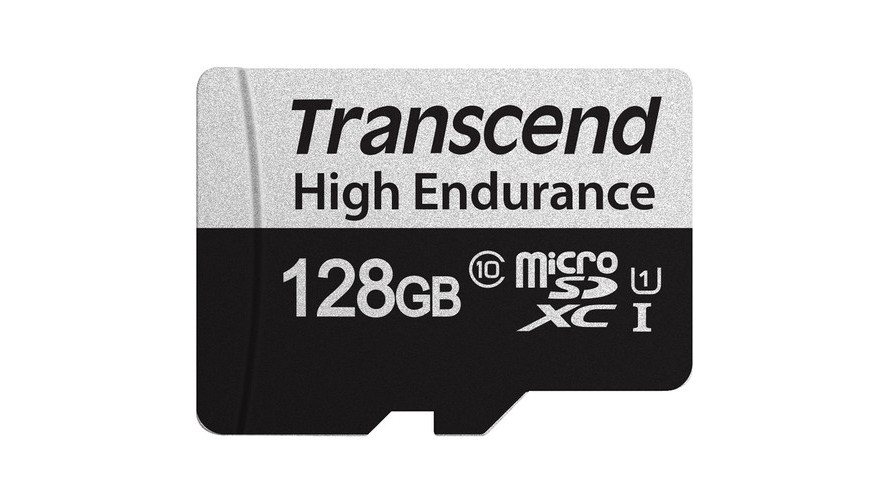
7. Transcend High Endurance 350V UHS-I
Specifications
Reasons to buy
Reasons to avoid
If you need a microSD card to leave in a device for an extended period of time – a dash cam or a security camera, say – then Transcend's High Endurance 350V card is a good, cost-effective choice. It's rated to 30,000 hours of Full HD video recording, and tends to go for a cheaper price than comparable cards from the likes of SanDisk and Samsung. Its write speed goes up to 95 MB/s, and it has been specifically optimised for reliable write performance, meaning you should be able to avoid dropped frames and the like.
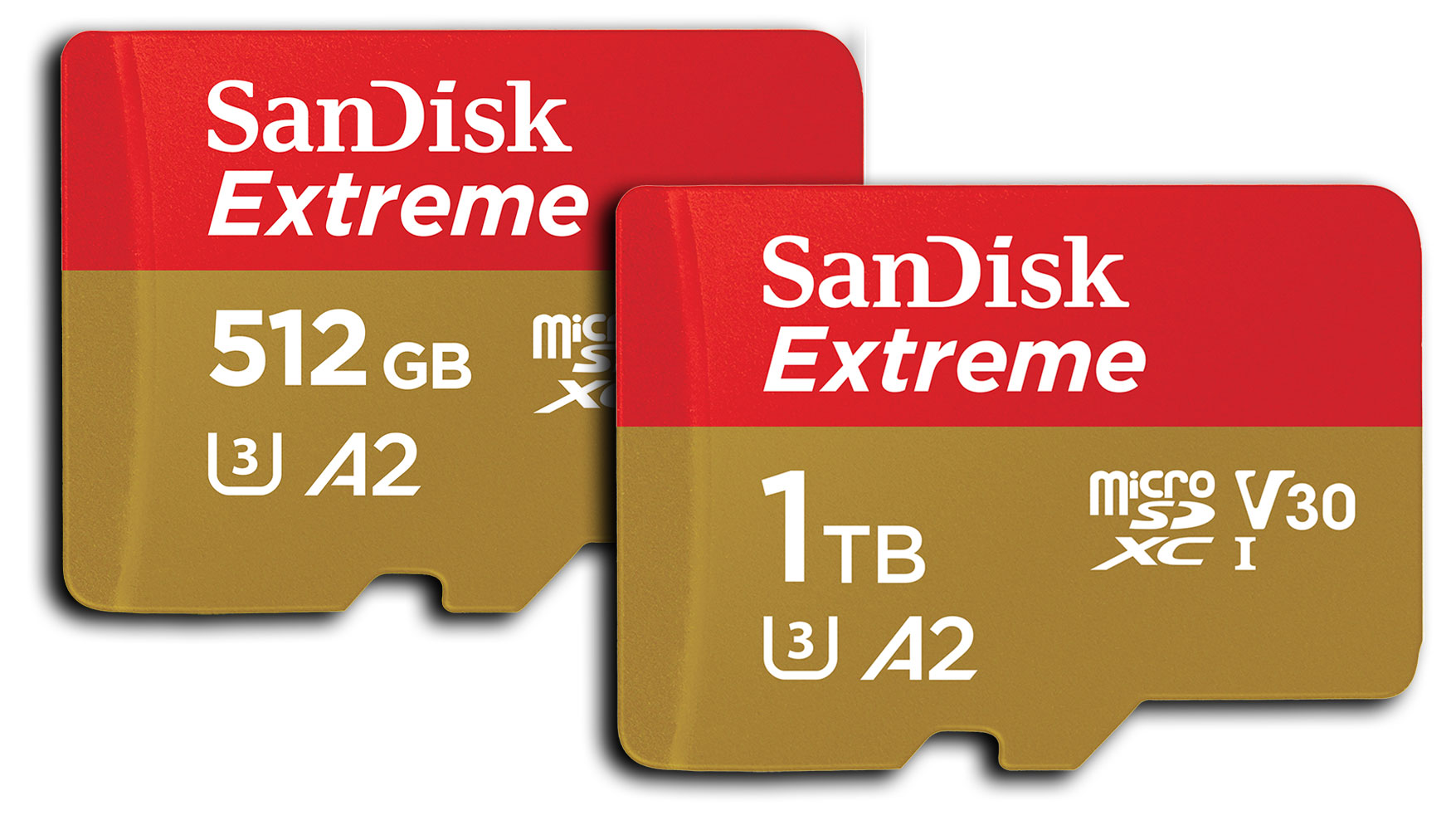
8. SanDisk Extreme 1TB
Specifications
Reasons to buy
Reasons to avoid
Some people don’t recommend putting this many digital eggs in such a small (and pricey) basket, but if keeping your smartphone photos and videos in the cloud fills you with fear, this is a MicroSD card available in sizes which compete with portable hard drives and boasts A2 capacity so you can run apps straight from the card. Not all users are going to need all that storage, but if you do, and you can afford the asking price, you'll find this card meets your needs and then some.
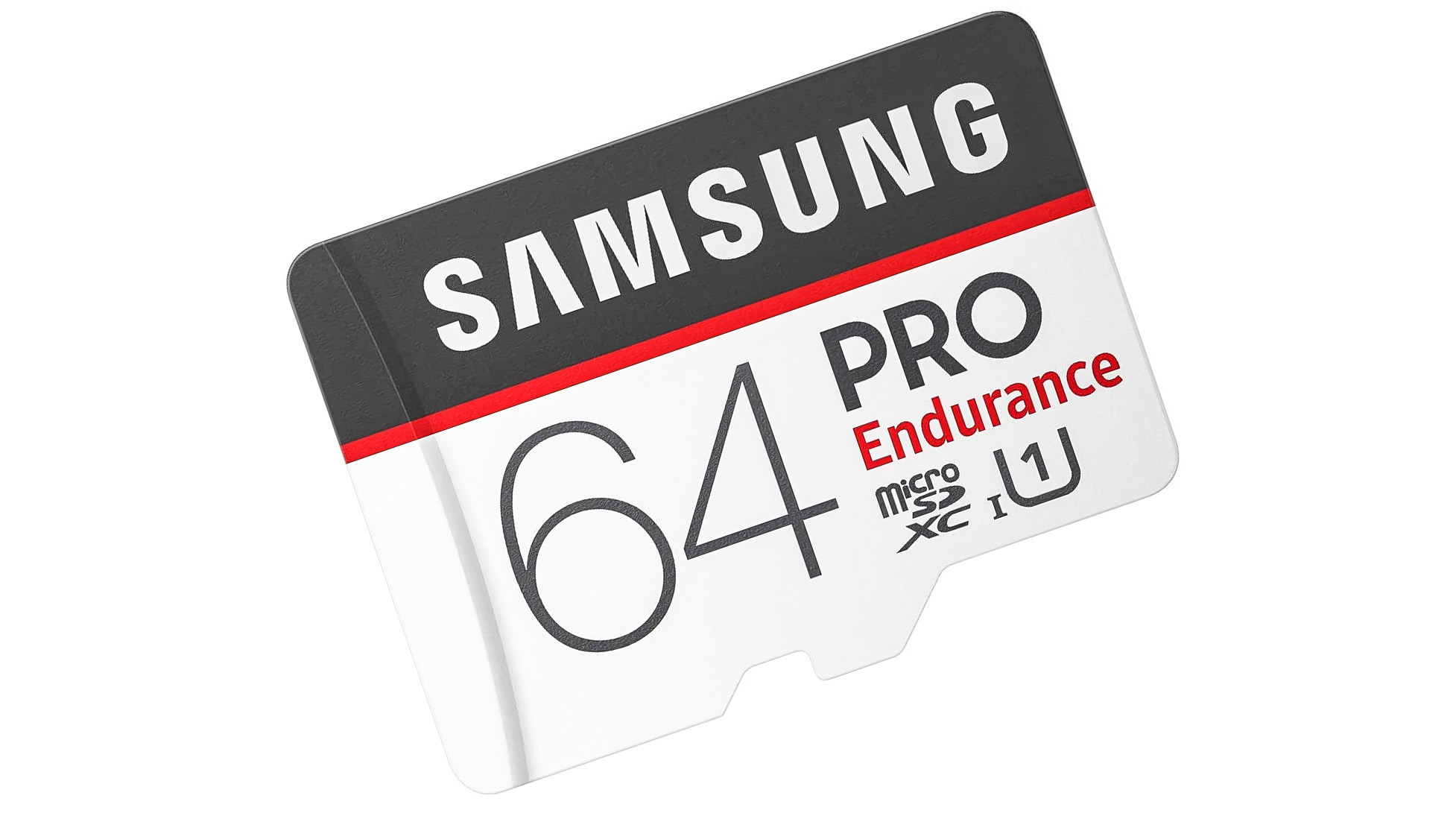
9. Samsung PRO Endurance
Specifications
Reasons to buy
Reasons to avoid
Kingston Endurance impresses with 20,000 hours of usage, but Samsung promise 43,800 (5 years, in other words) of Full HD recording with the PRO Endurance! Moreover, it backs that up with a warranty (albeit with some smallprint), so they're putting money on the line that this card is going to last. Samsung also claim it’ll survive 70 hours in seawater (though let’s hope there isn’t any of that in your helmet-cam).
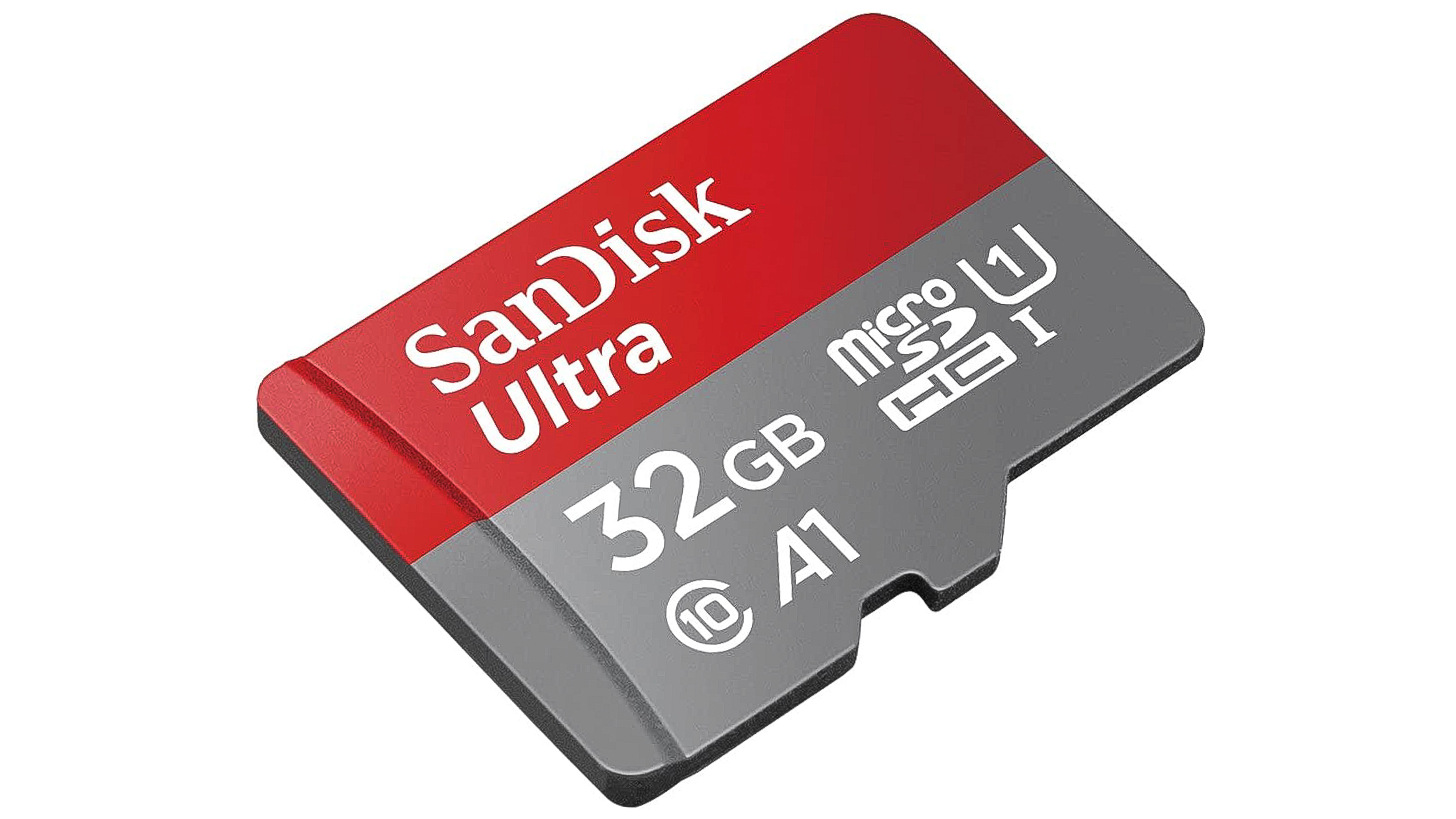
10. SanDisk Ultra MicroSDHC 32GB
Specifications
Reasons to buy
Reasons to avoid
The HC in SDHC stands for High Capacity, and the choice of those words is what left the industry needing XC soon after. If you’re trying to help out an older device limited to HC and U1, then the SanDisk Ultra is a good choice – as these may well warn you not to use larger than 32GB cards, due to incompatibility with more the more recent card format. (Note that the Ultra card is available in larger sizes - but with the SDXC logo which will mean it will be incompatible with these older devices).
How we test microSD cards
At DCW, we subject all photo and video gear that comes our way to our rigorous testing standards. With storage devices like microSD cards, we look at the compatibility, transfer speed and hardiness of the device, and weigh it up against the asking price to determine if the card represents good value. We use our findings to inform our comments in reviews and buying guides. For more, see our primer on how we test and review on Digital Camera World.
MicroSD Glossary
A1
Class 1 (A1) Application Performance Class also called SD Physical 5.1 spec, with a write speed of 10Mbytes/sec and minimum random read of 1500 IOPS (Input/Output Operations Per Second) and random write of 500 IOPS. IOPS is used because it’s a useful way of measuring the speed of the kind of computing operations that applications undertake, as opposed to simply reading or writing a large file.
A2
Class 2 (A2) Application Performance Class also called SD Physical 6.0 spec, with a write speed of 10Mbytes/sec and minimum random read of 4000 IOPS (Input/Output Operations Per Second) and random write of 2000 IOPS.
FAT32 / exFAT
These are file systems – the FAT stands for File Allocation Table – and exFAT is the newer format for saving files (that’s not to say you aren’t old enough to remember FAT16, but it’s no use on newer SD cards). Since SDXC and their MicroSD equivalent cards came along, they’ve required use of the newer exFAT system, so it’s a good idea to be sure you use it too if you’re reading cards on computers.
Fragmentation
When a microSD card (or any disk system) stores a file, it might need to split it into pieces to fit around information already on the card. Over time adding and removing files can leave a number of fragments of files which will slow down accessing the card because the device needs to move between each fragment as it reads or writes. Thoroughly deleting the device (formatting and starting again) or using a defragmentation tool is a good solution.
Megabits v MegaBytes
A byte is 8 bits, and a bit is the smallest unit of information storage on a microSD card. That means a data transferred at 10 Megabits per second would take eight times as long as 10 MegaBytes per second.
Read/Write Speed
It’s usually quicker to read information off a card than to put it on, so look carefully at the quoted speeds.
SDHC
Secure Digital High Capacity, otherwise known as Secure Digital version 2, arrived in 2006. This was the first step up in card size, from 2 to 32GB max, but used the same pins.
SDXC
Secure Digital eXtended Capacity. Announced in 2009 this was version 3 of the SD specification, adopting exFAT file system and extending the theoretical storage limit to 2TB.
SDUC
The next generation specification, settled in June 2018, supports cards up to 128 TiB (1 Tebibyte is 1024 GB), however it is still not in regular use yet.
UHS
Ultra High Speed: This is the speed of the bus which transfers data to the host device. In the original SD Card is was 12.5 MB/S but this has increased with UHS-I, UHS-II and UHS-III. From UHS-II and onward MicroSD cards have 16 pins – an extra row – to achieve the new speeds.
Video Speed Class
Defines a set of minimum requirements for memory cards for recording progressive-scan video. They use a ‘V’ symbol followed by the same MB/s number seen in the original Speed Class. In other words, C6 and V6 are the same speed but only V6 will definitely record 1080P video.
Speed Table
With three different speed classes (plus A1 and A2), things can get a bit confusing. This table clarifies the speed equivalencies of the different speed classes, and what video you can record with it. It’s worth noting that, if you’re shooting video, you should get the fastest card you can rather than be guided by the ‘Max Video Resolution’ – for example a V6 card might be able to store 4K on some devices but a DJI FPV drone, which shoots good quality 4K video at 60fps, will consider anything below a V30 card “Too Slow”.
| Minimum Sequential Write Speed (MB/s) | … | Speed Class | … | Max Video Resolution |
|---|---|---|---|---|
| Row 0 - Cell 0 | ‘C’ Speed Class | UHS Speed Class | Video Speed Class | Row 0 - Cell 4 |
| 2 | C2 | - | - | SD |
| 4 | C4 | - | - | Full HD |
| 6 | C6 | - | V6 | 4K |
| 10 | C10 | U1 | V10 | 4K |
| 30 | - | U3 | V30 | 8K |
| 60 | - | Row 6 - Cell 2 | V60 | 8K |
| 90 | - | Row 7 - Cell 2 | V90 | 8K |
Read more
Best memory cards
Best memory card readers
Best camera phone
Best dash cams
Best camcorders
Best trail cameras
Get the Digital Camera World Newsletter
The best camera deals, reviews, product advice, and unmissable photography news, direct to your inbox!

With over 20 years of expertise as a tech journalist, Adam brings a wealth of knowledge across a vast number of product categories, including timelapse cameras, home security cameras, NVR cameras, photography books, webcams, 3D printers and 3D scanners, borescopes, radar detectors… and, above all, drones.
Adam is our resident expert on all aspects of camera drones and drone photography, from buying guides on the best choices for aerial photographers of all ability levels to the latest rules and regulations on piloting drones.
He is the author of a number of books including The Complete Guide to Drones, The Smart Smart Home Handbook, 101 Tips for DSLR Video and The Drone Pilot's Handbook.
